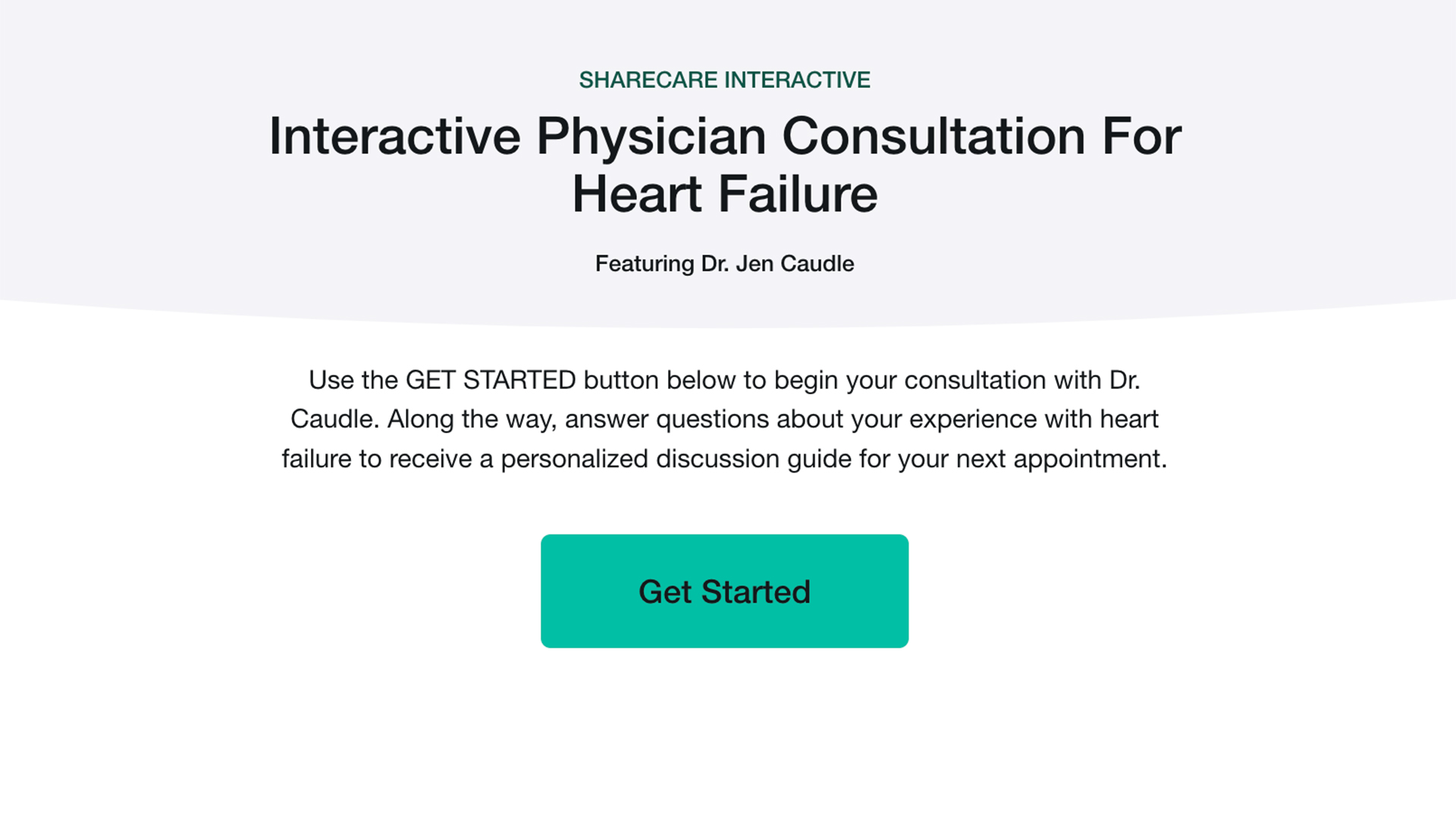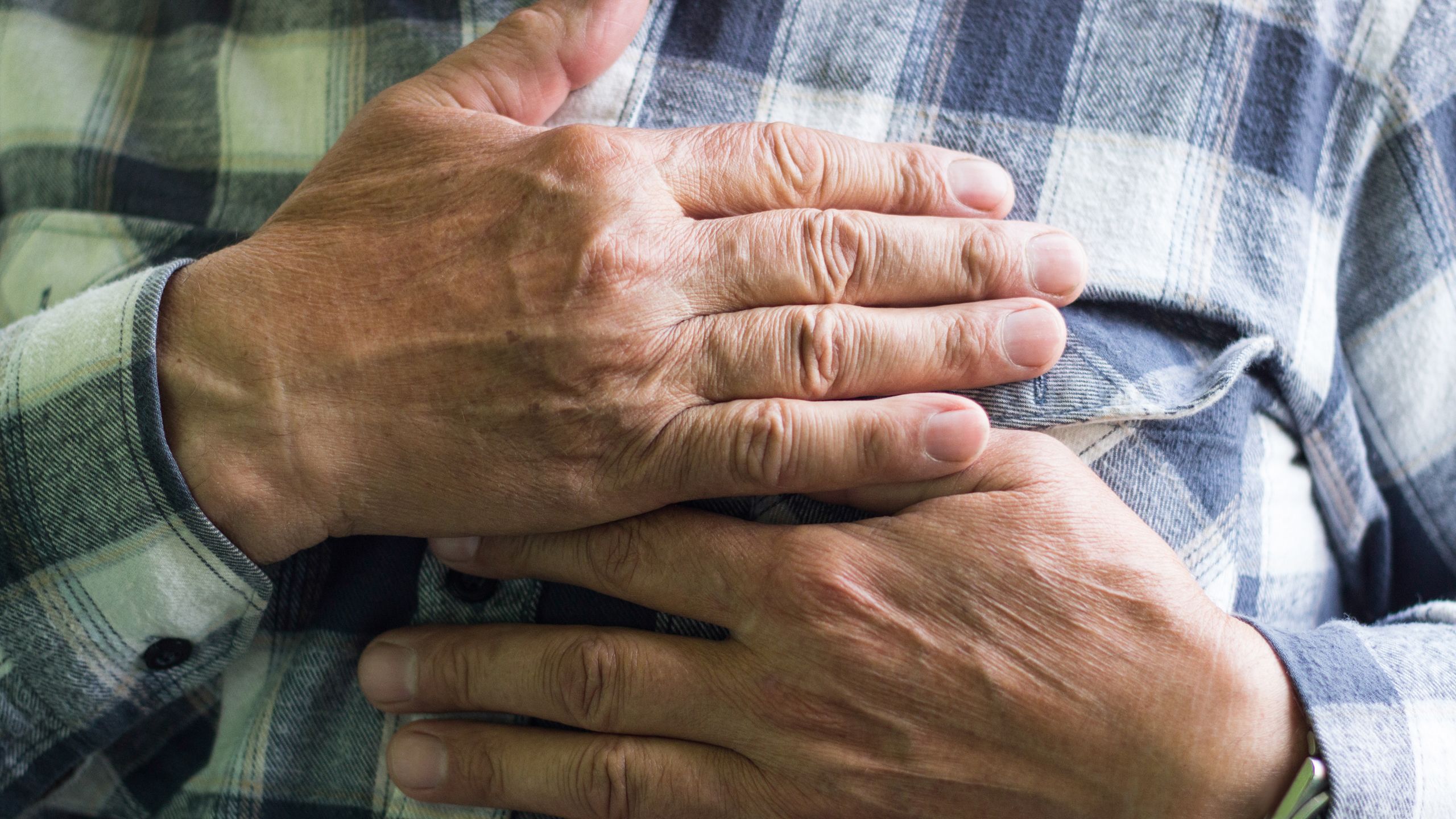Updated on October 16, 2024
Heart failure does not have a single cause, but high blood pressure and other health conditions are contributing factors. Join Dr. Jen Caudle on a virtual look at the heart and how it pumps.

Transcript
Heart failure is a serious condition, affecting over six million people in the United States alone. [MUSIC PLAYING]
Heart failure occurs when the heart is weakened and loses its ability to deliver a sufficient amount of blood and oxygen to meet the needs of the body.
There's not a single cause for heart failure, but conditions such as high blood pressure and various diseases contribute to the gradual progression
of a weakened heart. Most often, heart failure involves the left side of the heart, where a large chamber called the left ventricle ejects oxygen-carrying blood
for circulation throughout the body. In order to better understand what happens during heart failure, we must go inside and actually
look at how this marvelous pump sends oxygen-rich blood out to the body. The ventricle walls, which are made of muscle
receive blood from the chamber above and then rapidly contracts to force blood out of the heart. This all happens very quickly.
So now watch in slow motion. Notice that not all of the blood leaves the chamber. Some stays behind and waits for the next cycle.
In fact, in a healthy heart, a little over half is ejected with each contraction. So it makes sense to call this amount the ejection fraction.
A normal ejection fraction is between 50% to 70%. When a person has heart failure, the muscles of the ventricle chamber experience
damage due to stress from any number of causes, including high blood pressure, diabetes, and cardiovascular disease.
The heart response to these challenges in different ways, but ultimately, the muscle is weakened, and the heart's ability to pump blood is reduced.
In some cases the chamber walls become stretched and thin. In this weakened state, the walls cannot contract with
enough force to eject a normal amount of blood. In this type of heart failure, the percentage of blood ejected
is less than 40%. Normal was over 50%. This condition is called heart failure
with reduced ejection fraction. You'll see it in writing as HFREF. In another type of heart failure the heart muscle
becomes thickened and stiff. When the walls are stiff, the chamber can't feel completely, so it holds less blood.
In this case, the amount of blood ejected is less than normal because it starts with less to begin with,
but the percentage is the same as normal, over half. And that's why this condition is called heart failure
with preserved ejection fraction, or HFPEF. It's estimated that preserved ejection fraction accounts for as much as 54% of heart failure patients.
At this time, there is no cure for heart failure. However, many people with this condition are able to live normal lives through a combination
of medical treatments and changes to lifestyle. Talk with your doctor to learn more. [WHOOSH]




